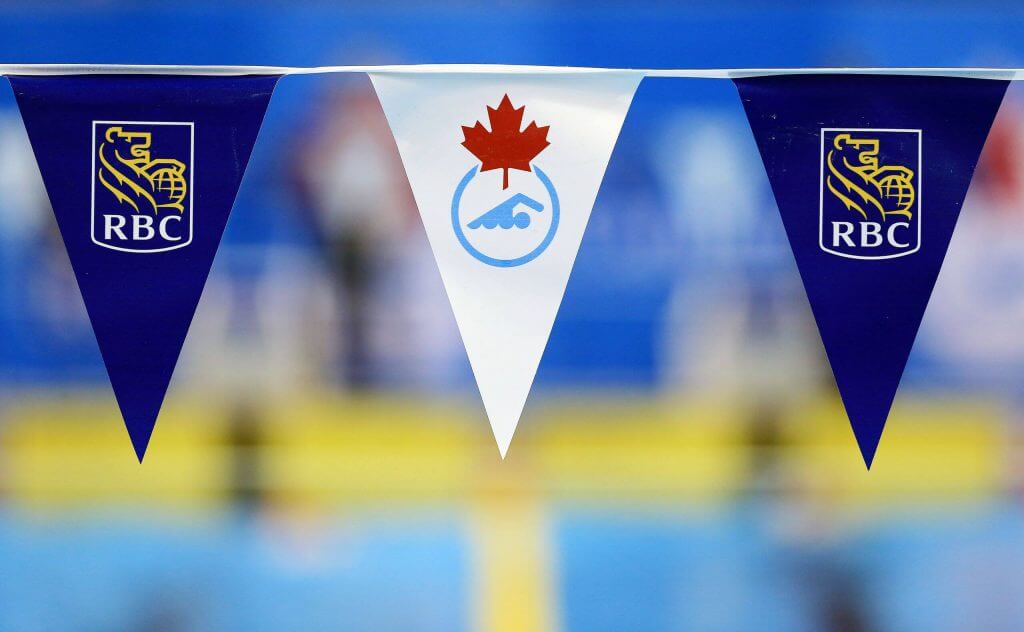Past, Present and Future of Canadian Swimming In Swimming Technique Magazine

The November 2016 and February 2017 editions of Swimming Technique featured two articles centered on the state of Canadian Swimming. The first, featured in November 2016, was written by Swimming World contributor Rick Madge and took a deeper look at what he refers to as “the age problem” in Canadian swimming. The second, featured in February 2017, was written by Swimming Canada and took a cursory look at what their definition of high performance is and how they pursue it.
In the November, 2016 issue of Swimming Technique, Coach Rick Madge presented an article showing the correlation between a swimmers age and their expected rate of improvement. The article was titled The Age Problem In Canadian Swimming. Readers can download a copy of that article by clicking here
In the article, Madge presented a series of graphs showing that Canada’s performances were not keeping up with the world as the athletes grew older. He presented age data, performance data and compared that data to gender. Information from performances in RIO showed that Canada’s youth was on the rise, but that positives were being overshadowed by athletes taking early retirement.
In summary, the data in his article shows that Canadian male and female swimmers are leaving the sport far too early. The lack of older elite male swimmers has been devastating in the country’s international performances. And while the women are doing much better than men in international competitions—mainly because women can compete at an elite level at a much younger age than men— Canada is still losing out on the benefit of having its female swimmers stay in the sport longer. Madge maintains that Swimming Canada must be more active in addressing this age problem.
In the February, 2017 issue, Swimming Canada answered by reaffirming their commitment to their athletes and the goal for constant improvement over the next quadrennial. This commitment came as Swimming Canada enjoyed some of its greatest performance results.
As a country, Canada took home 6 medals at the 2016 Rio Olympic Games and eight at the 2016 FINA SC World Championships in Windsor, Canada. Readers can download a copy of this article by clicking here
These results, however, did not occur overnight but instead came after key planning from John Atkinson, Swimming Canada’s High Performance Director. Under Atkinson’s leadership Swimming Canada explains how they sought to refine their definition of high performance and turn more of their focus to improvement, progression, and conversion.
In addition to expanding upon what high performance means to them in the article, Swimming Canada delivered insight on the training environments available to Canadian athletes, using On Track times as a targeting tool, and creating a meaningful competition philosophy.
Readers can download Swimming Technique by clicking here for individual copies or subscribe to the Swimming World Vault by clicking here
Note: Rick Madge is head coach of the Mighty Tritons Aquatic Club in Milton, Ontario, Canada, and is a former Canadian national swim team member (many decades ago). He’s also an engineer, and he uses his love of science and his love of swimming when writing his CoachRickSwimming.com blog.



